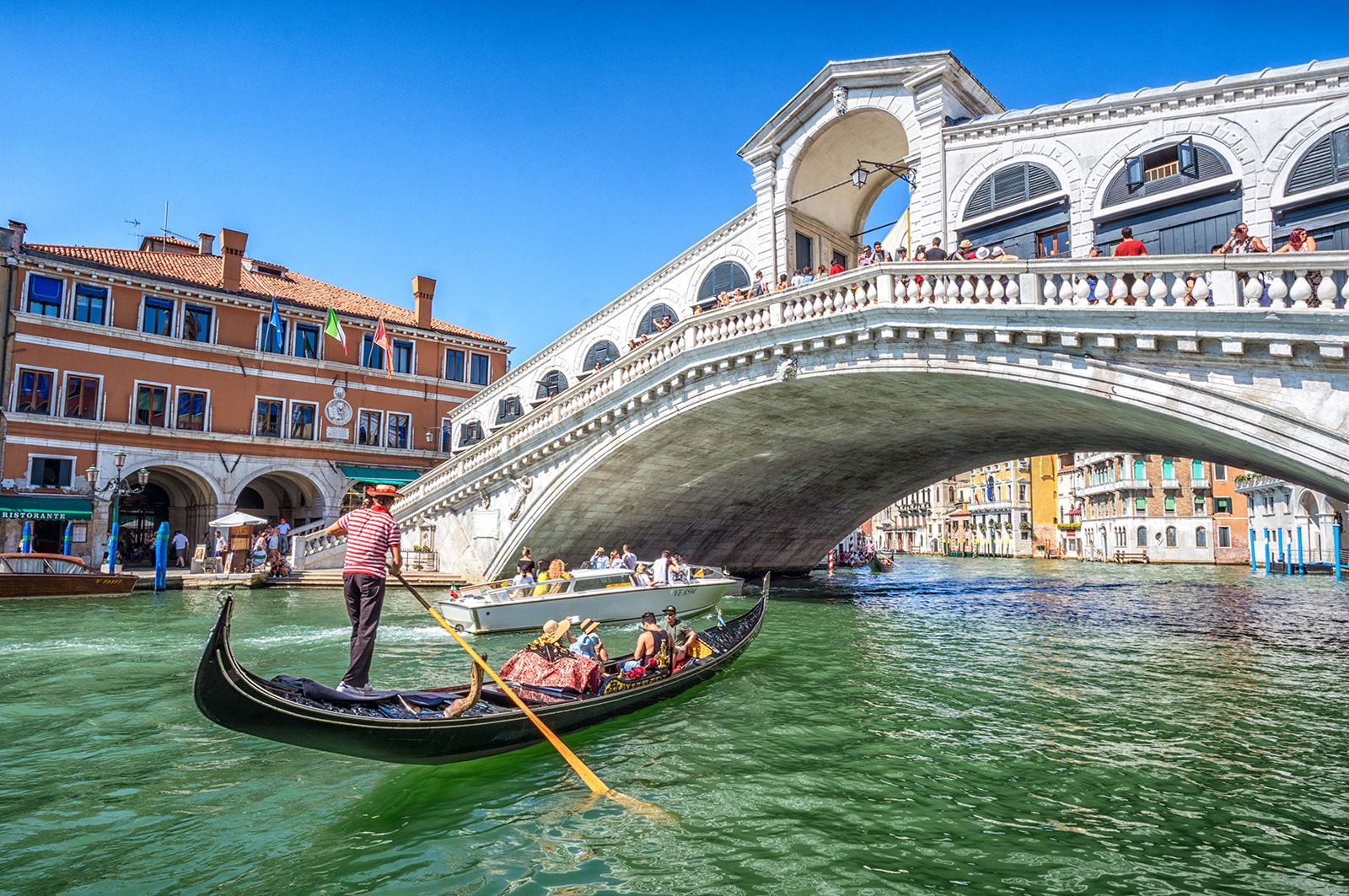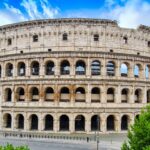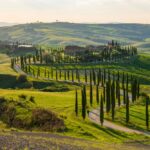An important agricultural, commercial and industrial town on the edges of the Campanian plain, Caserta lies at the foot of the first slopes of the Apennines.
The city is known above all for its imposing “Reggia”, the 18th century Royal Palace called the “Versailles of Italy”, which, together with the Royal Belvedere of San Leucio and the Carolino Aqueduct, has been included in the UNESCO World Heritage Sites since 1997.
The toponym derives from the Latin “Casa Irta”, referring to the ancient urban center (the current Casertavecchia in an elevated position on the surrounding plain. The area where the “Reggia” was built is part of an archaeological territory where Osci, Sanniti and Romans left evidence of their presence. Its origins may be traced back to the Osci or to the Samnites. In 1990, in the basement of the palace, some tombs of the 5th century BC were found, pointing to the existence of a Samnite necropolis. Around 423 BC it was a Samnite center named Calatia, which in 211 BC sided against the Romans in favor of Hannibal. Because of this, it was condemned to expropriation and centuriation, which means fragmentation of the territory into large plots.
Erchempert, a Benedictine monk of the Abbey of Monte Cassino, in the “Historia Langobardorum Beneventanorum” recounts that in the 9th century the inhabitants of Calatia were forced to escape their town. A Longobard named Landolfo had taken possession of a small borough on a hillcrest (Casertavecchia), but his uncle, Pandone, nicknamed the Raptor, manages to take away the borough from his nephew and had a lookout and defense tower (now integrated in the Palazzo della Prefettura of Caserta) built in 863 as a symbol of conquest. Pandone’s son and later his brother, Pandolfo, contributed to the edification of “Casa Irta”, which was to become one of the most beautiful medieval villages in the Italian south.
Centuries later, the population from Casertavecchia moved to the site called “Torre”, located around Piazza Vanvitelli, previously a market square, due to the presence of the Lombard construction that is located in the north-western corner of the same; in the 16th century also the bishop’s seat was moved to the village of Falciano, in a building then used as a barracks (now former Caserma Sacchi). The new town in the plain below Casa Irta (Casertavecchia) was known for its market and the palace of the counts of Caserta. In 1509 Caterina della Ratta, the last heir of her family’s county, married Andrea Matteo III Acquaviva d’Aragona; the county became a principality and was inherited by Anna, the last heir of the Acquaviva family, who married in 1618 Francesco Caetani, the 8th Duke of Sermoneta; Caserta remained in this family until they, being pressed by huge debts, were forced to sell the possessions to the Bourbons of Naples, the royal family, who then selected it for the construction of their new residence.
In the late 18th century King Ferdinand IV built a royal residence, the Belvedere Palace, in the hamlet of San Leucio, with a silk factory attached to it, a charming Italian garden at the back and with a view of the Caserta plain and the gulf of Naples – which explains the name “Belvedere”. Around it, the San Carlo and San Ferdinando quarters were built as residence for the silk factory workers, and the king issued an edict (the “utopia ferdinandea”) where he dreamed of a sort of perfect society, asking the citizens of San Leucio to abolish all forms of luxury and advocating absolute economic equality, to start a society that was to be self-sufficient, living on the production of silk.
Between the late 19th and early 20th century Caserta was a small town centered around the palace. After the destruction of the Second World War, the city was to pieces, and huge reconstruction works took place. Starting from the 1970s, the building boom created residential neighborhoods with good quality of life, but at the same time also the rise of overly inhabited areas with few green spaces. In July 1994 the city was the venue for the gala dinner on the occasion of the G7.








